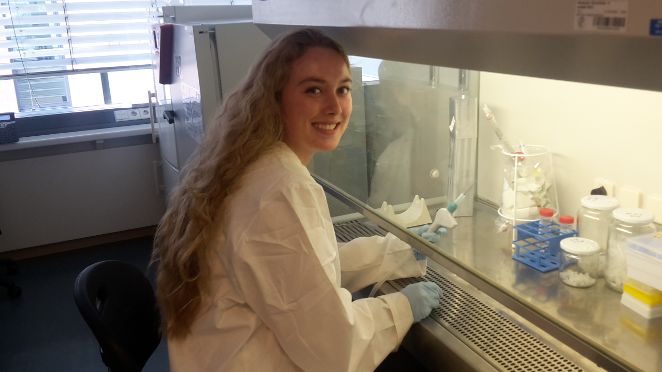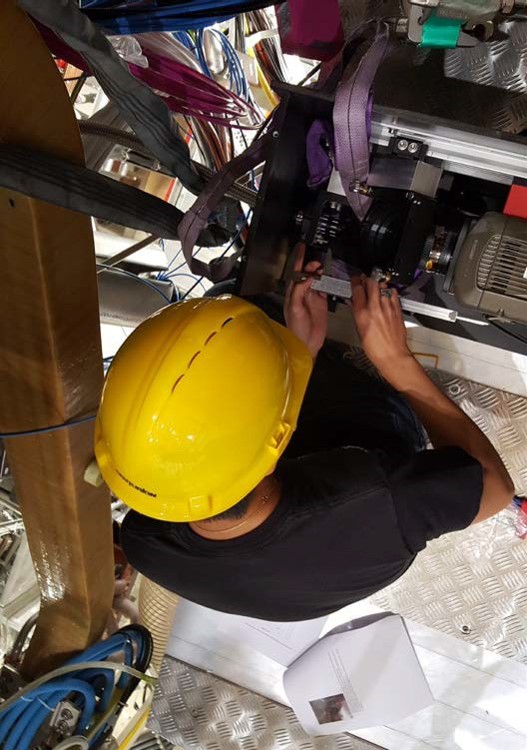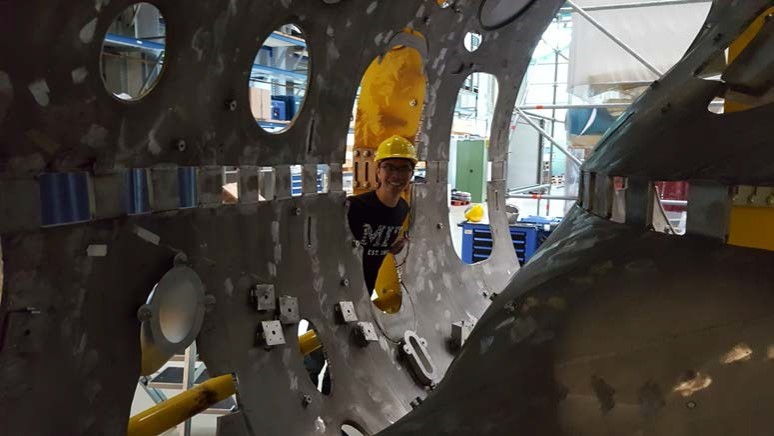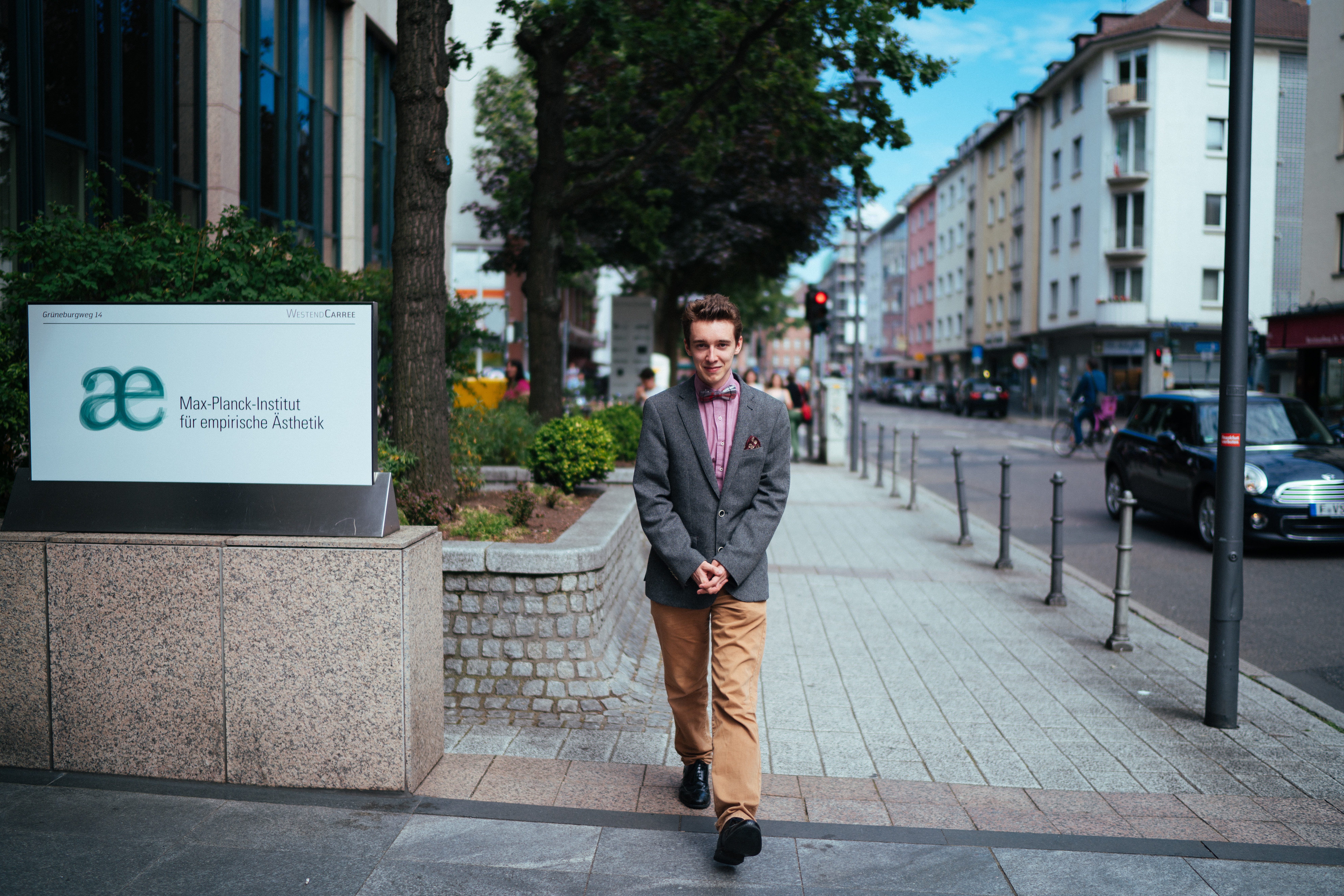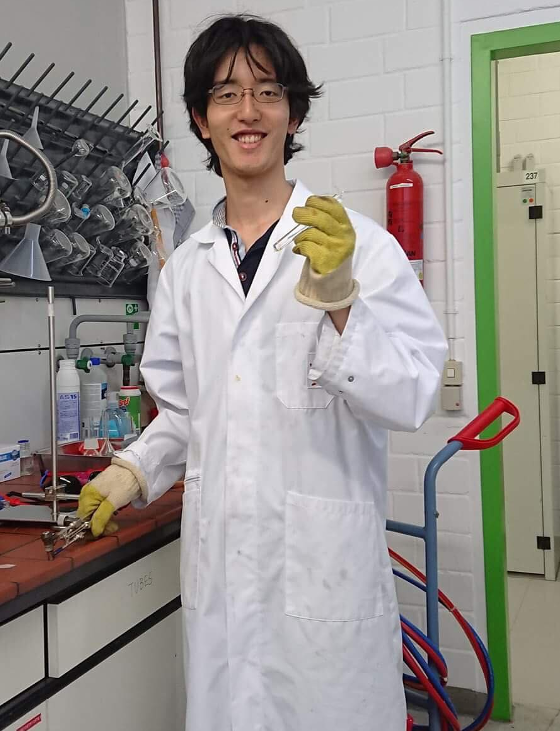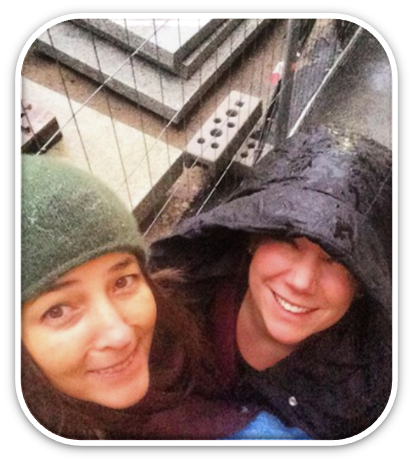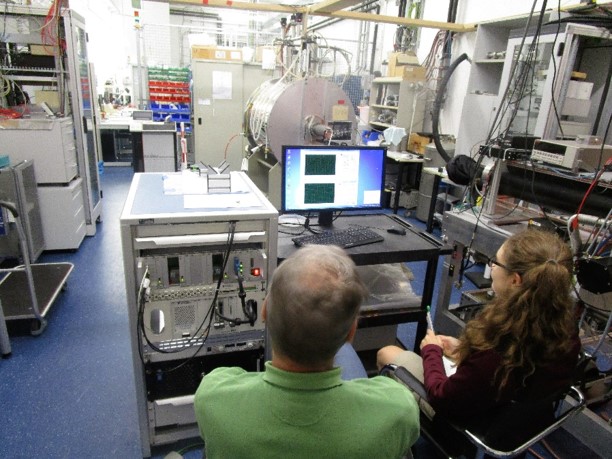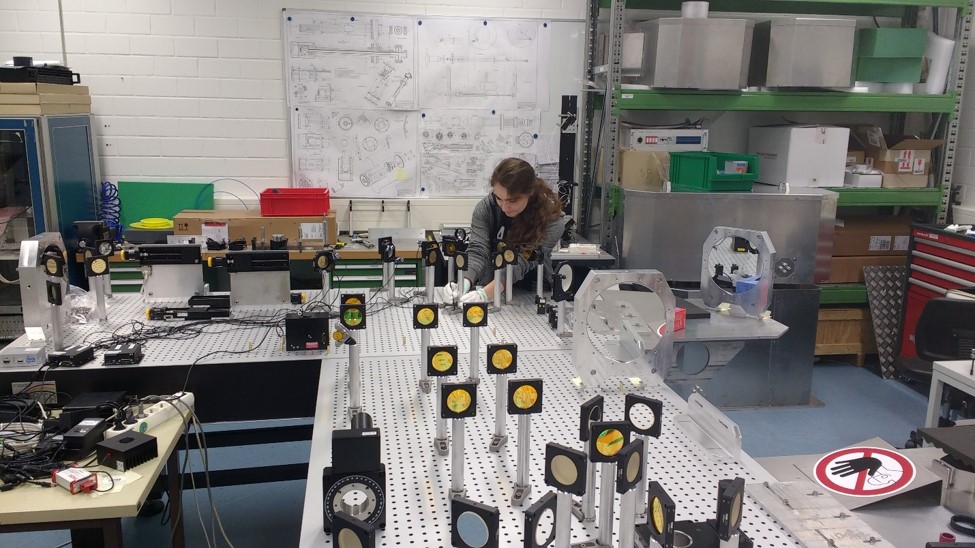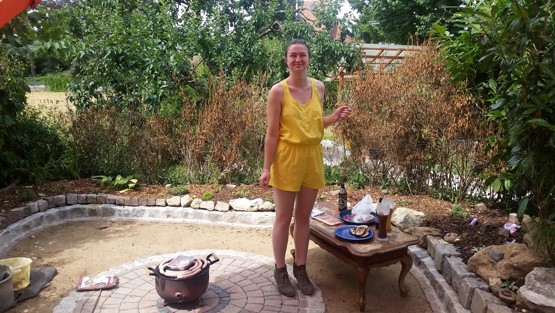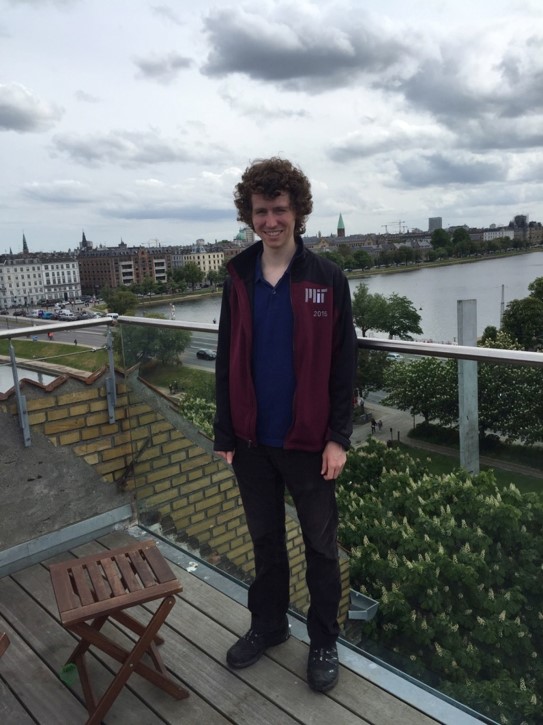Host: Max Planck Institute for Infection Biology
Location: Berlin
The Max Planck Institute for Infection Biology is a research institute located in the heart of Berlin on the Charité medical campus. Currently, research is being done in molecular genetics, immunology, cell biology, epidemiology, clinical research and protein chemistry. The institute is currently directed by Emmanuelle Charpentier, whose lab I interned in this past summer. Her lab includes a wide range of topics such as Crispr, Toxin-Antitoxin Systems, and Bacterial and Vesicular Interactions with Host Innate Immunity, which is what I focused my project on.
During my internship, I characterized the innate immune response elicited due to the interaction of Streptococcus pyogenes membrane vesicles obtained from clinical isolates and through animal passages with human monocytes as well as epithelial cells. I challenged monocytes and epithelial cells with a variety of membrane vesicle conditions and assessed the response induced through techniques including live-imaging microscopy, Western Blot, ELISA, Proteome Profiler, and SDS-page. Additionally, I established a dual system assay to resemble human infection barriers with monocytes and keratinocytes, investigated the entry mechanisms of membrane vesicles, described the membrane vesicle activation of TLR and inflammasome signaling pathways, assessed the induction of monocyte chemotaxis in response to membrane vesicles, and calculated the effect of epithelial wound healing due to membrane vesicles.
From this experience, I got a taste for not only living independently, but doing so in a foreign country. Being responsible for myself as well as my project in the lab, I have found that I feel more confident both as a young researcher and as an individual. I realized that everyone, both in the lab and in the world, has had a different and interesting life experience than you and there is always something you can learn from them. I hope to apply the knowledge that I have acquired from abroad, both lab techniques and life lessons, to my educational experience at MIT.


